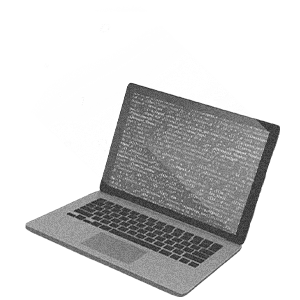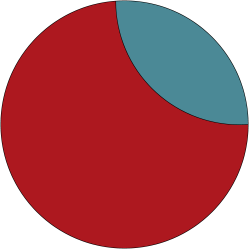RARA Former Fellow
Symbol emergence system science to create real-world AI for the next-generation coexistent society



Symbol emergence system science to create real-world AI for the next-generation coexistent society
SCROLL
FELLOW PROFILE
Graduated from the Faculty of Engineering, Kyoto University in 2001, and completed the Graduate School of Engineering at Kyoto University in 2006. Holds a Doctorate in Engineering. He served as Visiting General Chief Scientist at Panasonic (Japan’s first cross-appointment from academia to industry). Inventor of the book review game “Bibliobattle.” Main works include Symbol Emergence in Robotics (Kodansha), Artificial Intelligence for Understanding the Mind (Kyoritsu Shuppan), An Illustrated Guide to Artificial Intelligence (Kodansha), Kamo River Communication Class (Sekai Shisosha), and A Summer Tale of Alice and Me: Beyond Artificial Intelligence (Iwanami Shoten).
Since 2024, he serves as a Professor at the Graduate School of Informatics, Kyoto University and an Affiliate Research Professor at the Research Organization of Science and Technology, Ritsumeikan University.
SEE ALSO
Exploring human intelligence: Pioneering the new field of “symbol emergence in robotics”
Human intelligence develops, learns language, perceives the world, and behaves through interactions with the real-world environment. My research aims to create a real-world artificial intelligence that learns developmentally through multimodal interactions and creates symbolic knowledge through interactions with humans. Additionally, I seek to establish a new interdisciplinary field, symbol emergent system science, and create an international hub for this research.
As a student, I grappled with philosophical questions typical of youth while deciding my future path and research focus. Questions such as “What is the meaning of my existence?” and “How do we understand the meaning of words, even though we cannot look into another person’s head?” These inquiries connected to a deeper understanding of intelligence and led me into research on artificial intelligence, which continues to this day. During my graduate studies, I discovered the essential concept of “symbol emergent systems.” For nearly 20 years, I have worked on embodying these concepts and advancing research. I now believe that I have reached the stage of establishing a hub for this work.
I have outlined the following vision for realizing my research objectives: develop an integrated cognitive architecture for real-world artificial intelligence aimed at building a next-generation society where we live together with AIs and people empowered by AIs. As a practical application, create a service robot and demonstrate its capabilities in real-world environments, sparking advancements in the industrial sector. Innovate new machine learning technologies for co-creative learning between humans and robots, based on a symbol emergence system theory, enabling robots to develop language and concepts alongside humans. This will pave the way for real-world AI that works in harmony with people. Finally, establish “symbol emergent system science” as an interdisciplinary research field, form an international academic community, and promote its concepts globally.
To achieve this, in years 1 and 2, I will unveil a prototype of the integrated cognitive architecture and the fundamental algorithm for co-creative learning. In years 3 and 4, I will conduct empirical testing on campus and at the Osaka Expo. I will advance research aimed at developing integrated cognitive architecture for real-world artificial intelligence, designed for the next-generation coexistent society, as part of two projects selected by the Cabinet Office Moonshot Research and Development Program. Furthermore, I will lead research on co-creative learning between humans and robots as the core of the Grant-in-Aid for Scientific Research (A) project, “Foundation of Co-creative Learning Based on Symbol Emergence Systems Theory.”
As artificial intelligence and robotics become increasingly integrated into society, it is essential to understand their “meaning” for humans when we act. However, current AI technology struggles to grasp this meaning. By developing intelligence that understands language (symbols) through real-world experiences, we can foster a new society where humans and machines coexist. This endeavor intersects with various fields, including linguistics and cognitive science, and I believe that symbol emergent system science can significantly contribute to these areas, as well as to advancements in AI and robotics.
Partnerships:
In interdisciplinary research, I aim to collaborate with researchers from diverse fields related to human understanding of language, perception of the world, and communication, including cognitive science, linguistics, neuroscience, and philosophy.
Research collaborations:
What significance does human language hold? How do people adapt developmentally to their environment and accomplish tasks in the real world? How can these processes be expressed in computational terms? How can we create a robot that embodies this? I seek to collaborate with researchers from Japan and other countries, sharing these fundamental questions while leveraging the artificial intelligence technologies of the 2020s. Moreover, I aim to collaborate with industrial stakeholders involved in the practical applications of artificial intelligence and robotics, as well as in addressing related challenges.




